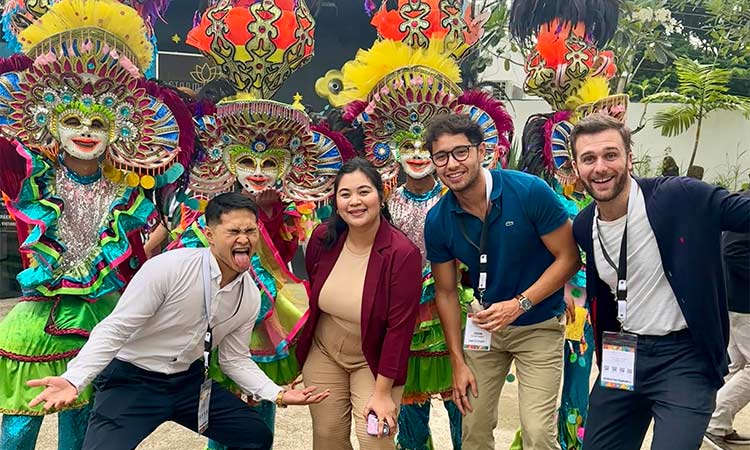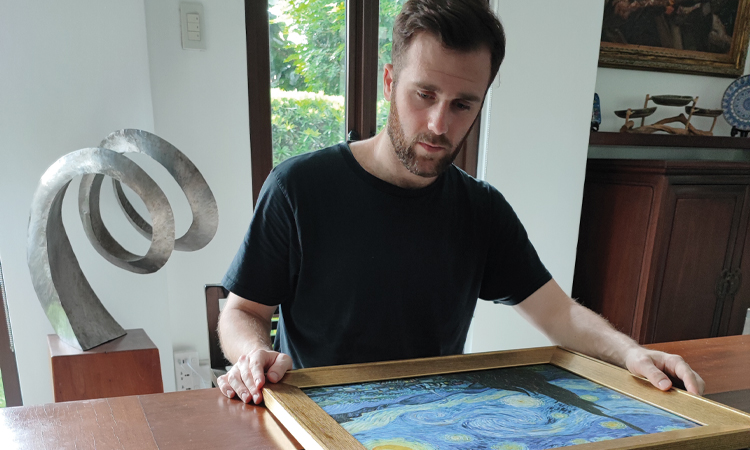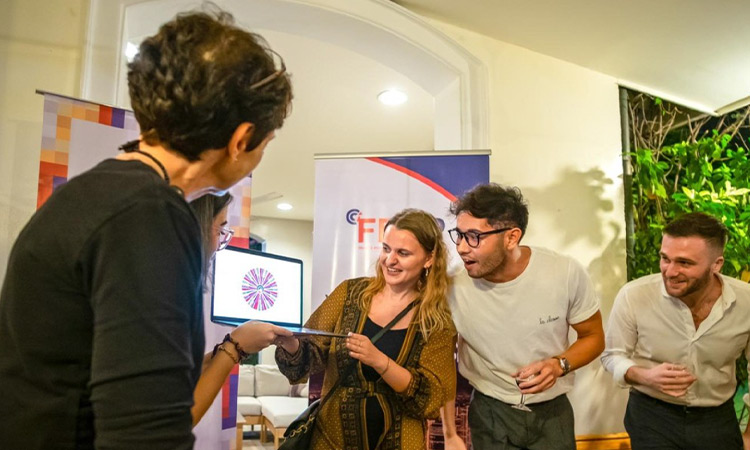Do you know what makes Filipino Christmas unique and wonderful?
The Philippines is known to be the country with the most extended celebration of Christmas! Imagine they’re celebrating it for four months. Yes, we are not kidding! As we’ve mentioned in our previous blog, Finding Asian, Spanish, French, and Filipino Restaurants in Metro Manila with Al Fresco Experience? when Filipinos say “Ber” months, they pertain to the months of September to December. During these months, you can already feel how they patronize the season and value its significance to their culture. We have been staying here in the country for six years and we have been constantly witnessing how Filipino Christmas traditions magically flow in the air and transpose to different Filipino households. We want to share our insights with you, so we have listed the Top 5 Filipino Christmas Traditions we’ve Experienced in the Philippines.
Completing the 9-day Simbang Gabi
We are starting the list off with the Simbang Gabi. As we all know, Catholicism is highly predominant in the country. Religion is vital to millions of Filipinos, and they value this very much. Simbang Gabi is a series of masses leading to Christmas. It starts on the 16th of December and ends at midnight on the 24th of December. Tracing back to the history of Simbang Gabi, it was a tradition influenced by the Spanish friars and allowed the farmers to hear the mass early in the morning before going to the fields. The masses usually start as early as 4:00 AM.
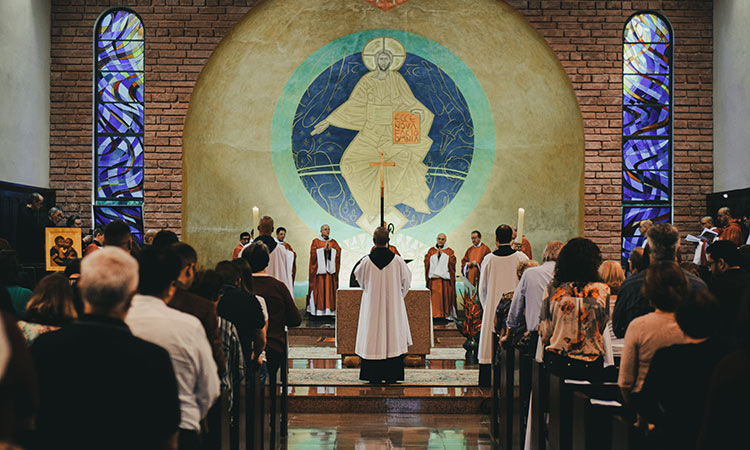
What we adore about this Filipino Christmas traditions is that it continues to this day. Yes, some modernization happened, but the essence of Simbang Gabi remained in the hearts of the Filipino people. Aside from this, the food after the mass, such as bibingka, puto bungbong, puto (rice cakes), and hot pandesal, are also what people look forward to. Well, who can resist these traditional Filipino goodies anyway? Another thing we observe that entices people to join and complete the 9-day Simbang Gabi is the saying that whatever you’re wishing or praying for will come true. But above all, we have seen that Simbang Gabi is not just a Filipino Christmas traditions for the Filipino people. It is their way of showing spiritual preparation for Christmas in commemoration of the birth of Jesus Christ.
Attending the Misa de Gallo on Christmas Eve
In connection to the first one, Filipinos also value the Misa de Gallo on Christmas Eve (the midnight mass on Christmas Eve). Do you know that Spanish and Portuguese-speaking people all over the world refer to Midnight Mass on Christmas Eve as the rooster’s mass? Well, this happens on the 24th of December (the last day of Simbang Gabi), where Filipino families, friends, and loved ones gather to attend the mass. We have seen how churches are full of people to the point that even outside the church, people intend to listen to the homily and feel blessed. The volume of people during this event is marvelous! It feels incredible to witness how this Filipino Christmas traditions binds everyone.
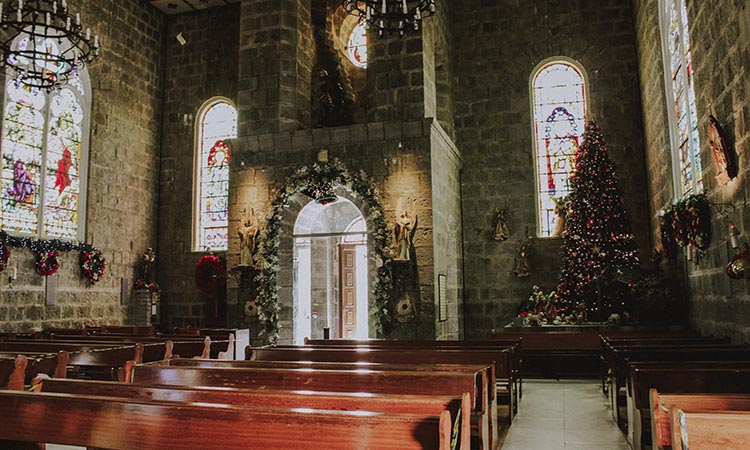
After the mass, as people walk or drive home for Noche Buena, you will see smiles on their faces. We know that it signifies their gratitude for reaching this season despite some adversaries throughout the year and ending it with strong faith.
Familiy Gathering for Noche Buena
Isn’t it amazing how these Filipino Christmas traditions are well-connected with each other? After the midnight mass on Christmas Eve, Filipino families gather altogether to eat their Noche Buena. Wondering what “Noche Buena” means? Well, yes, we’re both French, but Noche Buena literally means “good night” in Spanish. But in the Philippines, Noche Buena implies something different and has a cultural and religious significance. For the Filipino people, it is a night for a feast before Christmas Day. It is when every Filipino household prepares a lot of food and eats them after hearing the Misa de Gallo on Christmas Eve.

In our stay here for six years, we have almost memorized the usual food or “handa” during Noche Buena. Well, we know this may vary from household to household, but based on our experience, here are some of what we know. Christmas hams are always part of the show! As well as Pinoy Spaghetti, Quezo de Bola, roasted chicken, macaroni salad, and barbecue (you will see a lot of houses grilling outside). Did we miss something? Let us know so we can add them to our mini-list!
Doing house-to-house Caroling
We believe you will all agree that house-to-house caroling is one of the highlights in our list of Filipino Christmas traditions! Caroling is one of the proofs that for Christmas, there’s no age! Kids, teenagers, adults, and even seniors can do caroling. It is very evident how Filipinos love to sing during this time of year. Some even create their own instruments from random stuff they can find at home, such as bottle caps and wires which serve as their maracas, and some rubber and old cans as their drums.
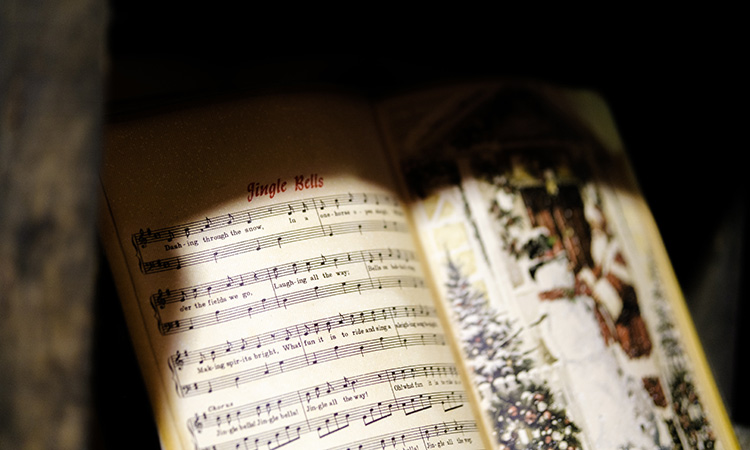
Caroling is a fantastic opportunity to earn money and meet new people while having fun! We have also seen various groups of people of all ages doing caroling in the country, and you can see the smiles on their faces the moment you give them something in exchange for an extraordinary performance. There are times, however, when Filipinos say “patawad” to indicate to the carolers that they won’t be able to give anything. We believe many carolers have stepped in front of your homes, and we bet there’s never a moment in your life that you haven’t said “patawad,” have you?
Pamamasko (Kids going to their Ninongs and Ninangs to get their gifts)
Kids are always the ones who make every Christmas special. Do you agree that Christmas really hits differently during our younger years? It is the moment when all you do is wait for Santa’s gift inside the socks hanging on your door or windows. Who doesn’t miss that? Well, this season has no age; everyone is welcome to cherish the happy times and enjoy them! In the Philippines, you will see a lot of children in the streets with parents either walking or riding on their way to their godparents (ninongs and ninangs). This is because they’re on their way to receiving the gift they’ve waited for the whole year.
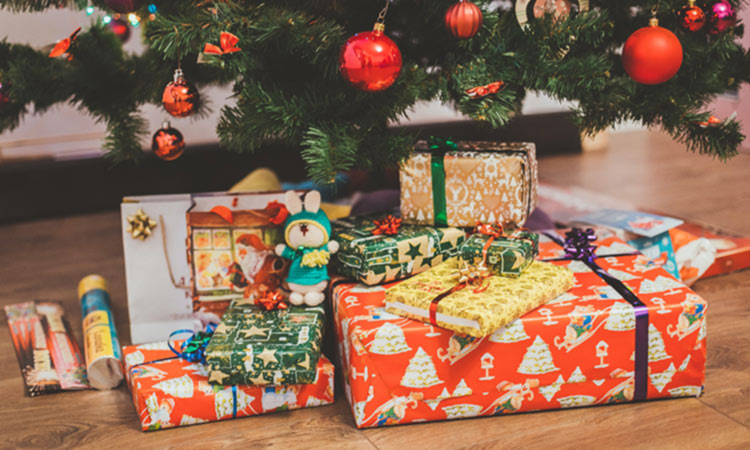
For us, we perceive Pamamasko as give-and-take practice. Each benefit from it, we believe. When you are the kid (inaanak), you’re grateful for the gift you have received, and while you are the godparent, the smile from your “inaanak” or godchild’s face gives you that impression that you have done something good. Indeed, this Filipino Christmas tradition proves that ’tis the season for generosity and gratitude.
And that’s it for the Top 5 Filipino Christmas Traditions we’ve Experienced in the Philippines. We hope that through this article, you had a glimpse of how we enjoyed staying here in the Philippines while having a first-hand experience of all these. We are grateful for being part of some (maybe not all) of those traditions at least once in our lives.
In case we missed something, feel free to let us know! We would love to leave you this question, how about you? What are your favorite Filipino Christmas Traditions?



